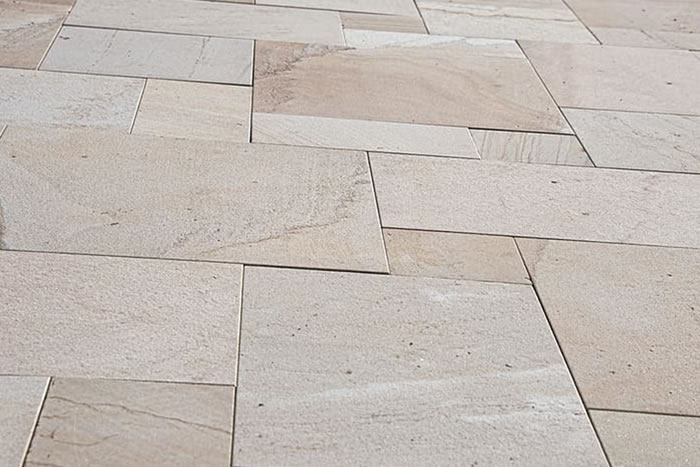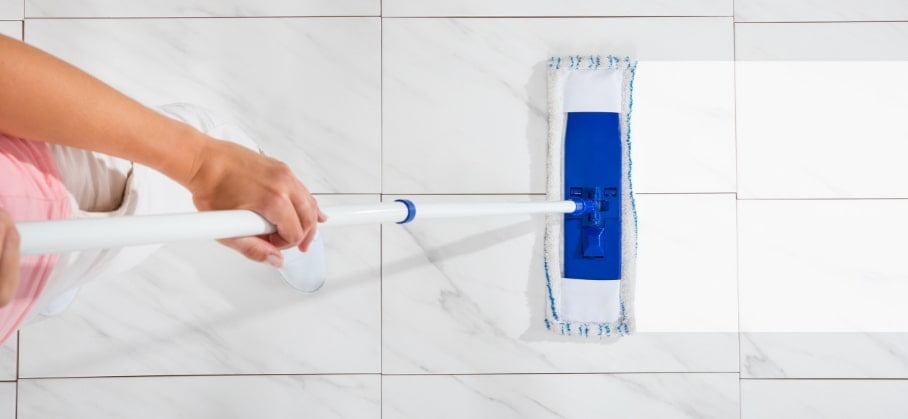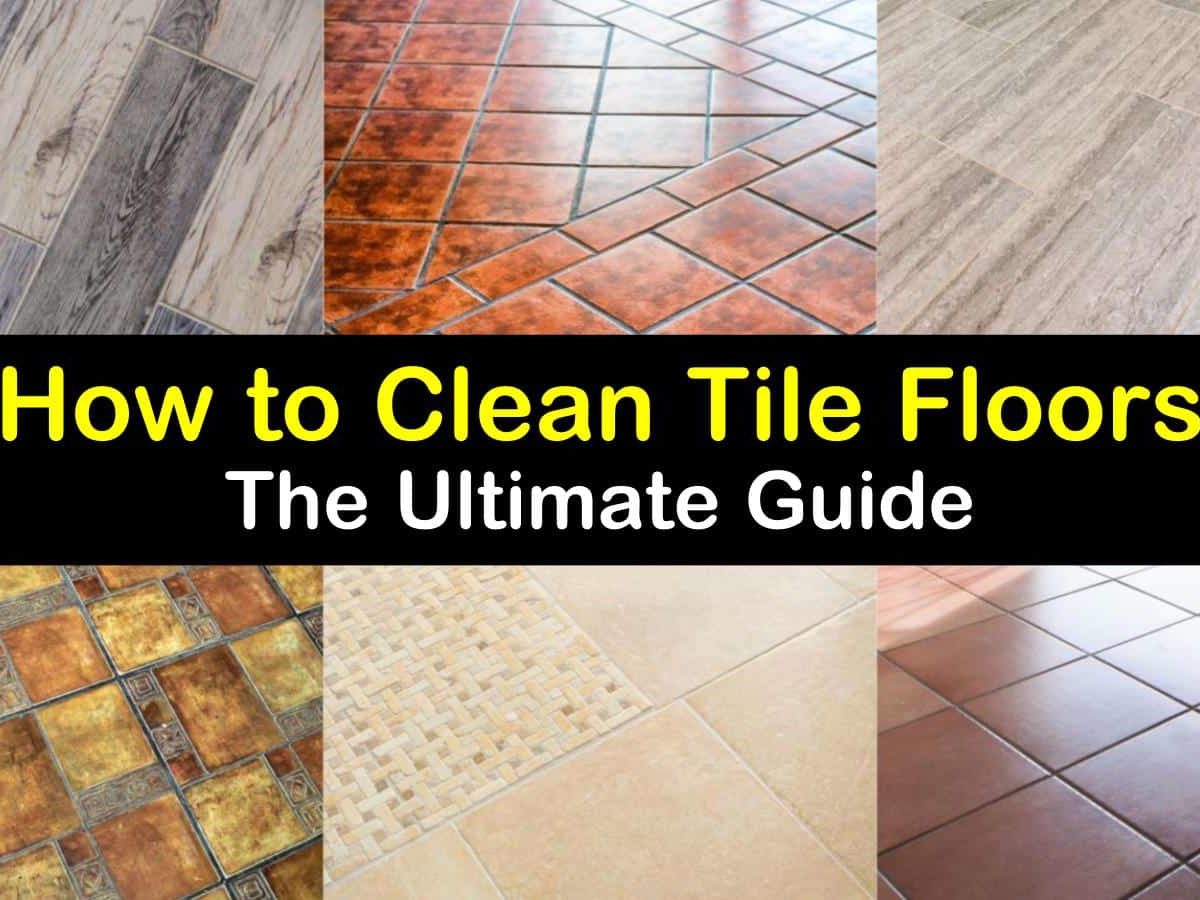Benefits of Restoring Tile Floor Shine
Restoring the shine to tile floors can transform the look and feel of any space. Over time, tile floors can become dull due to dirt buildup, scratches, and wear. Restoring their shine not only enhances their appearance but also offers several practical benefits:
- Enhanced Aesthetic Appeal: A shiny tile floor reflects light, making the room appear brighter and more spacious. Restoring the shine brings back the original beauty of the tiles, creating a clean and polished look that enhances the overall decor.
- Improved Hygiene: Dull tiles can harbor dirt, grime, and bacteria in their pores and scratches. Restoring the shine involves deep cleaning and sealing, which removes these contaminants and creates a smoother, more hygienic surface that is easier to maintain.
- Increased Durability: The process of restoring tile floor shine often includes sealing, which protects the tiles from future damage. This added layer of protection makes the tiles more resistant to stains, scratches, and wear, extending their lifespan.
- Cost-Effective Solution: Restoring the shine of tile floors is a cost-effective alternative to replacing them. It rejuvenates the existing tiles, saving both time and money while achieving a fresh, new look.
- Boosted Property Value: Well-maintained and shiny tile floors add value to your property. They create a positive impression on visitors and potential buyers, enhancing the overall appeal of your home or commercial space.

Steps to Restore Tile Floor Shine
Restoring the shine to tile floors involves a series of steps to ensure the best results. Here’s a detailed guide to the process:
Initial Cleaning: The first step is to thoroughly clean the tile floor to remove surface dirt, grime, and debris. Use a pH-neutral cleaner and a mop or scrub brush to ensure the tiles are free from contaminants that could interfere with the restoration process.
Grout Cleaning: Dirty or discolored grout can detract from the overall appearance of the tiles. Clean the grout lines using a grout cleaner or a mixture of baking soda and water. For stubborn stains, a small brush can be used to scrub the grout lines effectively.
Tile Polishing: Once the tiles and grout are clean, the next step is to polish the tiles. Use a tile polish or a polishing machine with the appropriate pads to bring out the shine. This step removes minor scratches and etches, restoring the tiles’ smooth and reflective surface.
Sealing the Tiles: After polishing, apply a high-quality sealer to protect the tiles and grout. Sealing creates a protective barrier that prevents stains and moisture from penetrating the tiles, helping to maintain their shine and durability.
Final Buffing: The final step is to buff the tiles to enhance their shine. Use a clean, dry microfiber cloth or a buffing machine to achieve a glossy finish. This step ensures that the tiles look their best and that the sealer is evenly distributed.
DIY vs. Professional Tile Floor Shine Restoration
While some homeowners may opt for DIY methods to restore tile floor shine, there are advantages to hiring professionals. Here’s a comparison of the two approaches:
Quality of Results: Professional restoration services use specialized equipment and techniques to achieve a high-quality finish that is difficult to replicate with DIY methods. Professionals have the expertise to handle different types of tiles and address specific issues like deep stains or scratches.
Time and Effort: Restoring tile floor shine is a labor-intensive process that requires time and effort. Professionals can complete the job more efficiently, saving you the hassle and ensuring consistent results across the entire floor.
Cost Considerations: While DIY restoration may seem cheaper initially, the cost of renting equipment and purchasing cleaning and polishing products can add up. Additionally, improper techniques can lead to damage, resulting in higher repair costs. Professional services offer a cost-effective solution with guaranteed results.
Safety: The restoration process involves the use of chemicals and machinery, which can be hazardous if not handled properly. Professionals are trained to use these tools safely, reducing the risk of accidents or damage to the tiles.
Long-Term Maintenance: Professional restoration often includes sealing and other protective measures that enhance the durability of the tiles. This reduces the need for frequent restoration and helps maintain the floor’s appearance over time.
Maintenance Tips After Restoring Tile Floor Shine
Proper maintenance is crucial to preserve the results of tile floor shine restoration. Here are some tips to keep your tiles looking their best:
Regular Cleaning: Sweep or dust the floor daily to remove dirt and debris that can scratch the surface. Use a damp mop with a pH-neutral cleaner for routine cleaning, avoiding harsh chemicals that can damage the tiles or grout.
Prompt Spill Cleanup: Wipe up spills immediately to prevent staining. Tiles, especially porous ones, can absorb liquids if left unattended. Use a soft cloth to blot spills rather than wiping, which can spread the liquid.
Use Protective Mats and Rugs: Place mats or rugs in high-traffic areas and near entryways to reduce the amount of dirt and debris tracked onto the tile floor. Ensure the mats have non-slip backings to prevent accidents.
Avoid Abrasive Tools: Use soft cloths, sponges, or microfiber mops for cleaning. Avoid abrasive pads or brushes that can scratch the tiles or grout. Similarly, avoid dragging heavy furniture across the floor to prevent scratches.
Reapply Sealant as Needed: Over time, the protective sealant on restored tile floors can wear off. Reapply the sealant periodically to maintain the floor’s resistance to stains and moisture. Consult a professional for the best sealing products and techniques.
Common Mistakes to Avoid in Tile Floor Shine Restoration
To ensure the best results, it’s important to avoid common mistakes during the tile floor shine restoration process. Here are some pitfalls to watch out for:
Using Acidic Cleaners: Acidic substances like vinegar or lemon juice can etch the tile surface, causing dull spots. Always use pH-neutral cleaners specifically designed for tiles to protect their finish.
Skipping the Sealing Step: Sealing is a crucial part of the restoration process that protects the tiles from stains and moisture. Skipping this step can leave the tiles vulnerable to damage and reduce the longevity of the restored shine.
Over-Polishing: Excessive polishing can wear down the tile surface, leading to thinning and potential damage. Follow the recommended polishing guidelines and avoid overusing polishing compounds or pads.
Ignoring Deep Stains and Scratches: Surface cleaning and polishing may not be sufficient to address deep stains or scratches. In such cases, more intensive cleaning or professional restoration may be necessary. Ignoring these issues can result in an uneven finish.
Neglecting Regular Maintenance: Restored tile floors require regular maintenance to retain their shine and durability. Neglecting routine cleaning and care can lead to the buildup of dirt and stains, making it harder to maintain the restored appearance.
How To Restore The Shine Of Your Floor Tiles – Slique
Tile Polishing Reflection & Shine
How to Clean Tiled Floors with Vinegar Cleaning Guides by Fantastic!
Versatile Ways to Clean Tile Floors
Tips to Keep Your Floor Tile Looking Like New
Related Posts:







